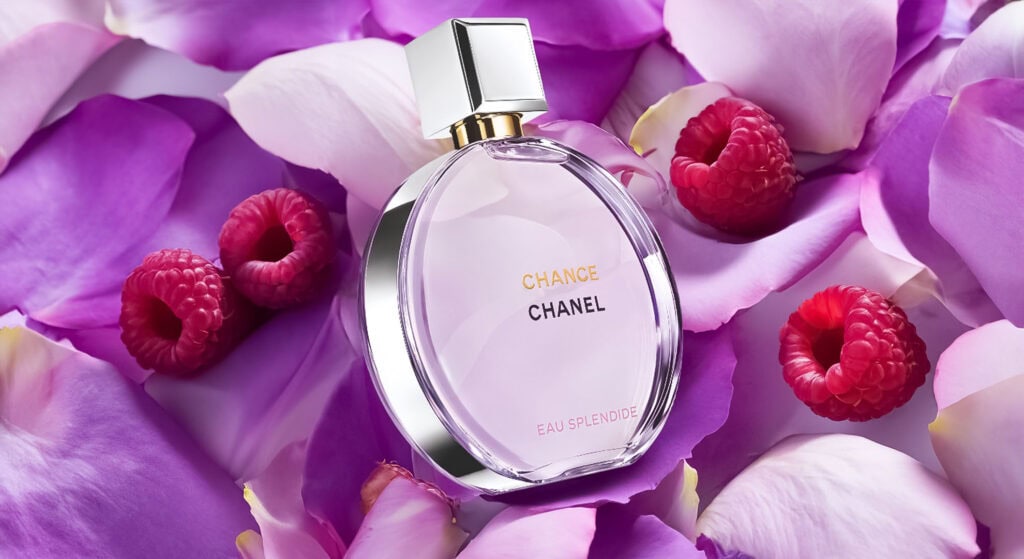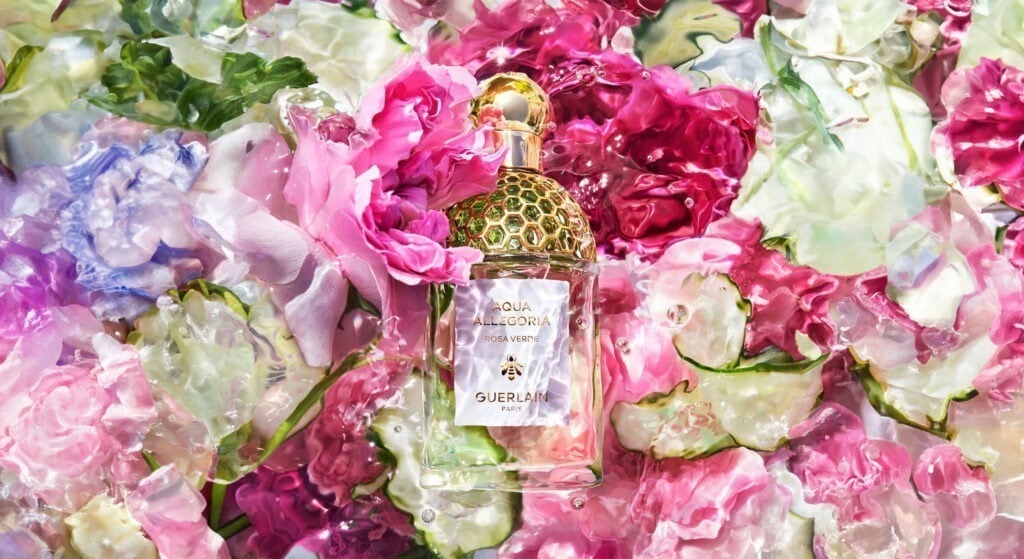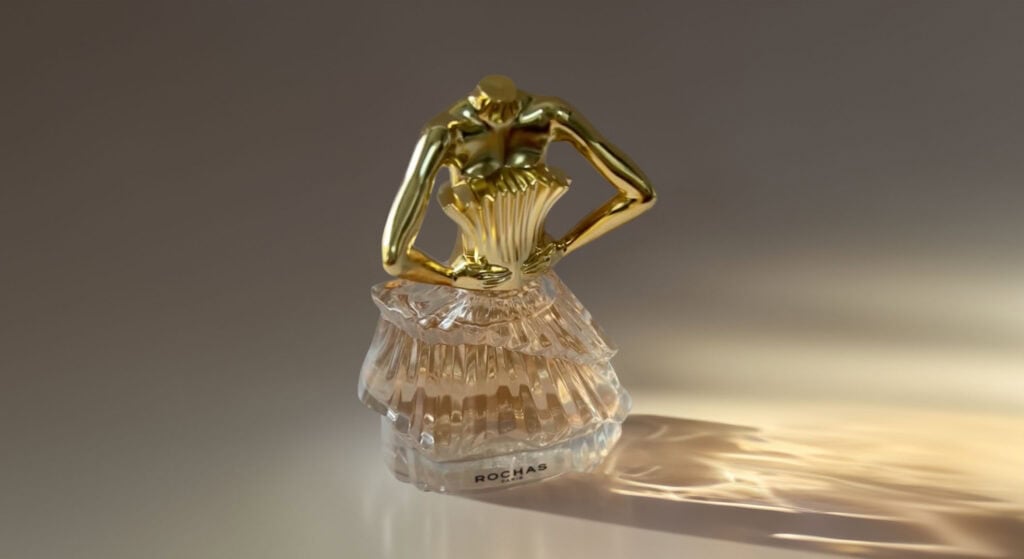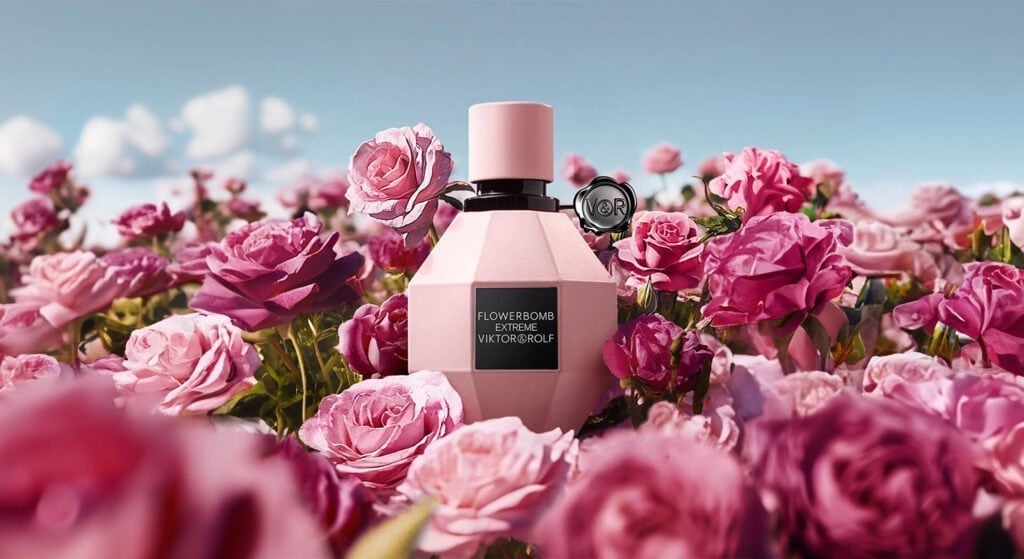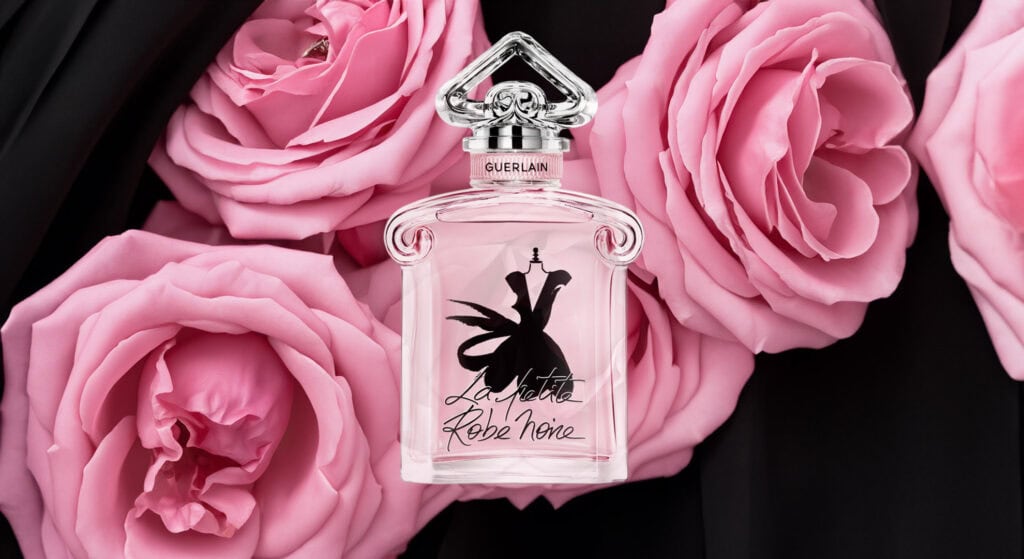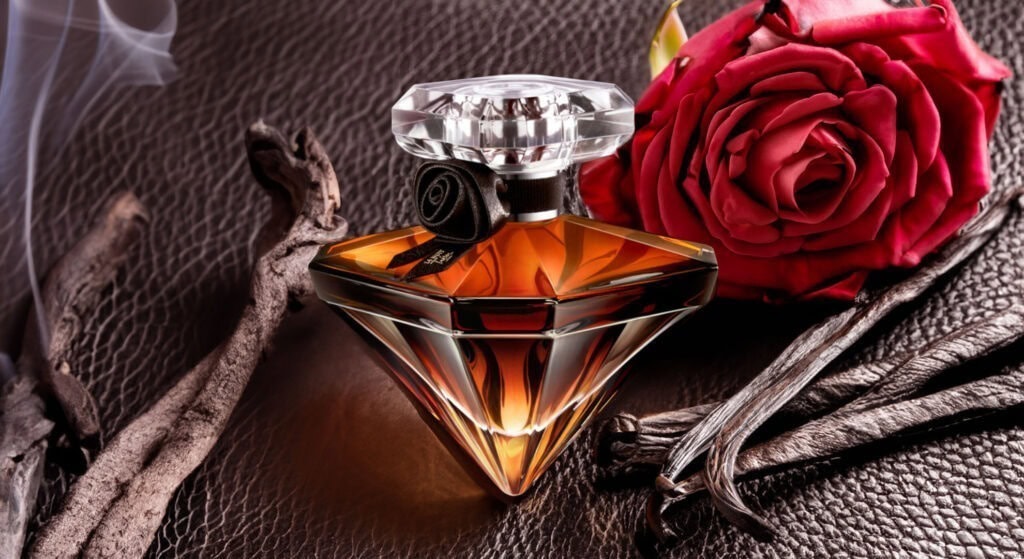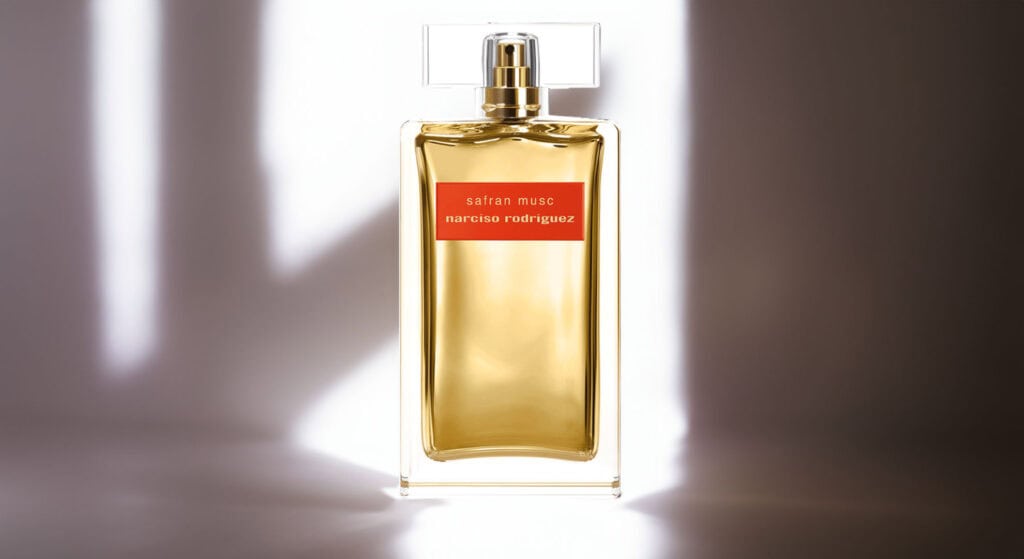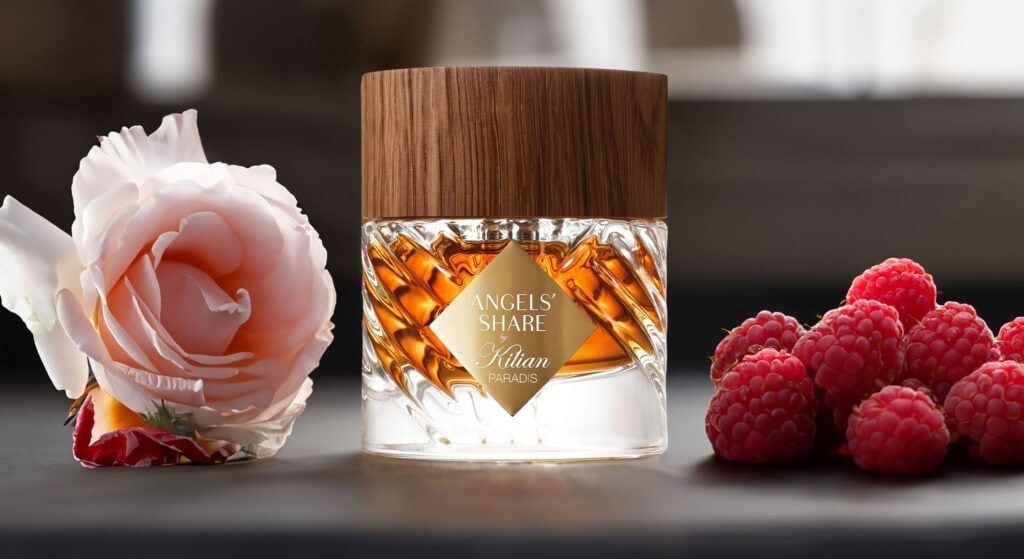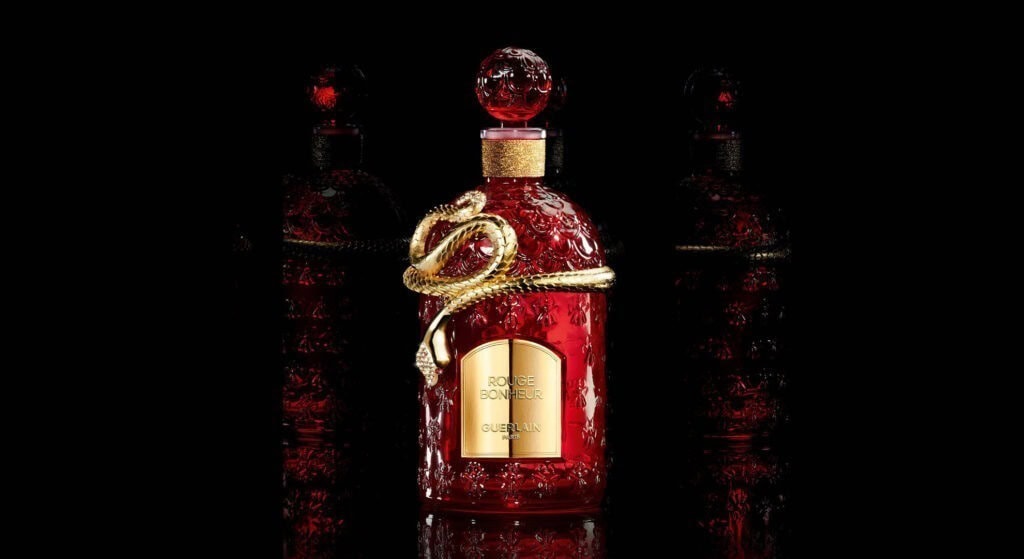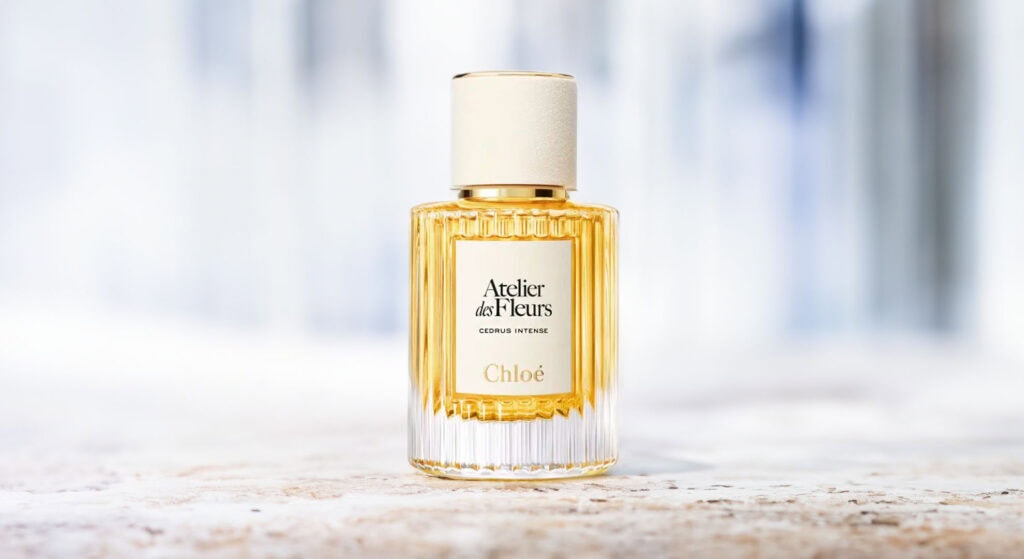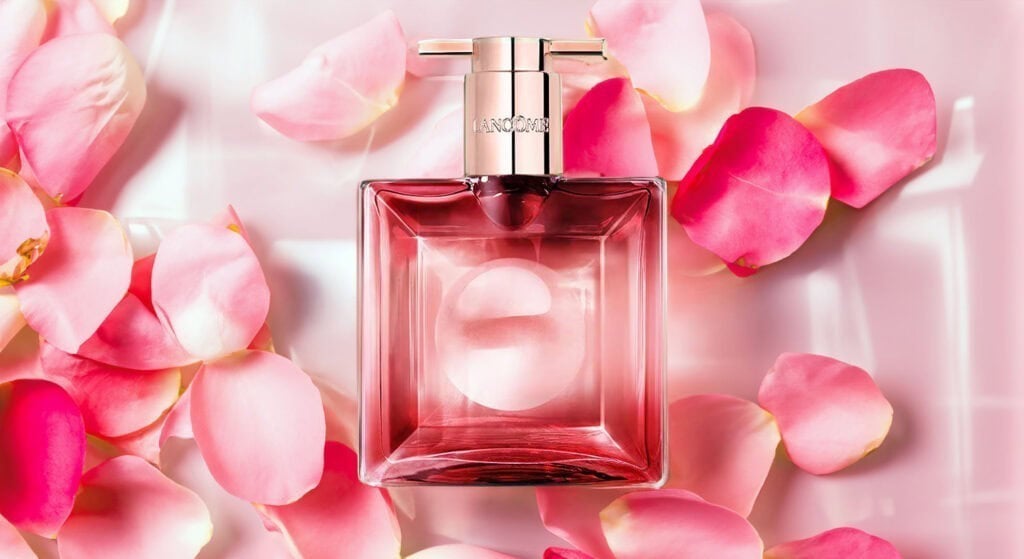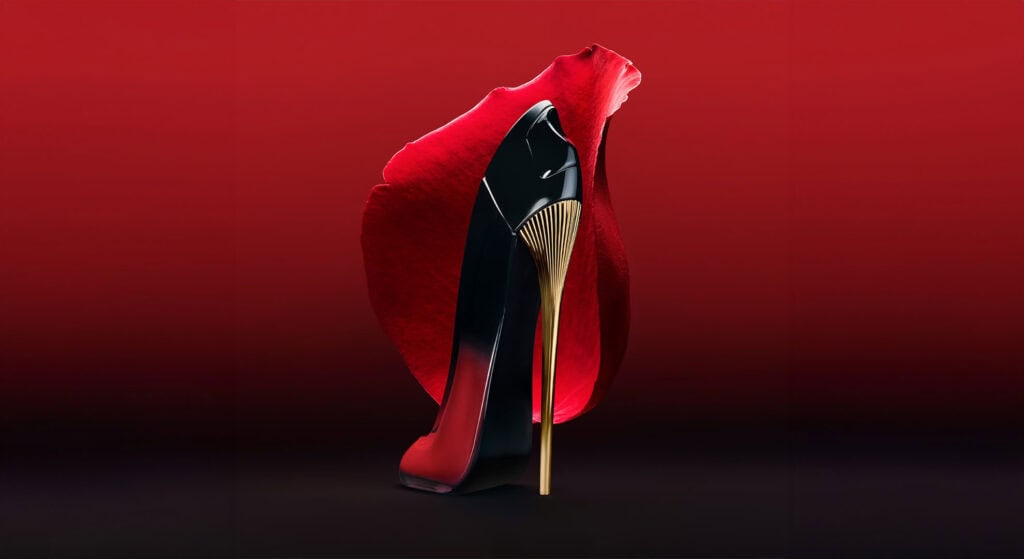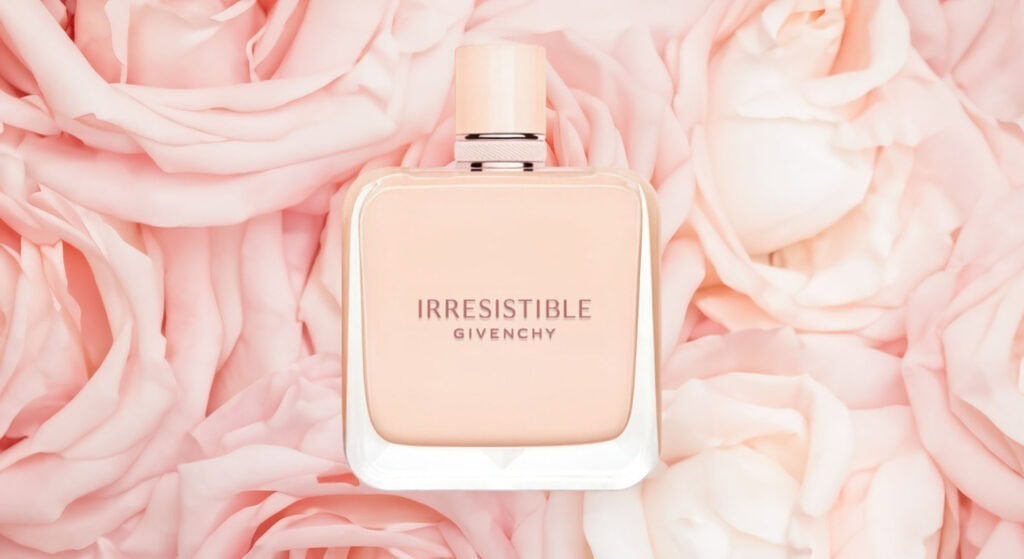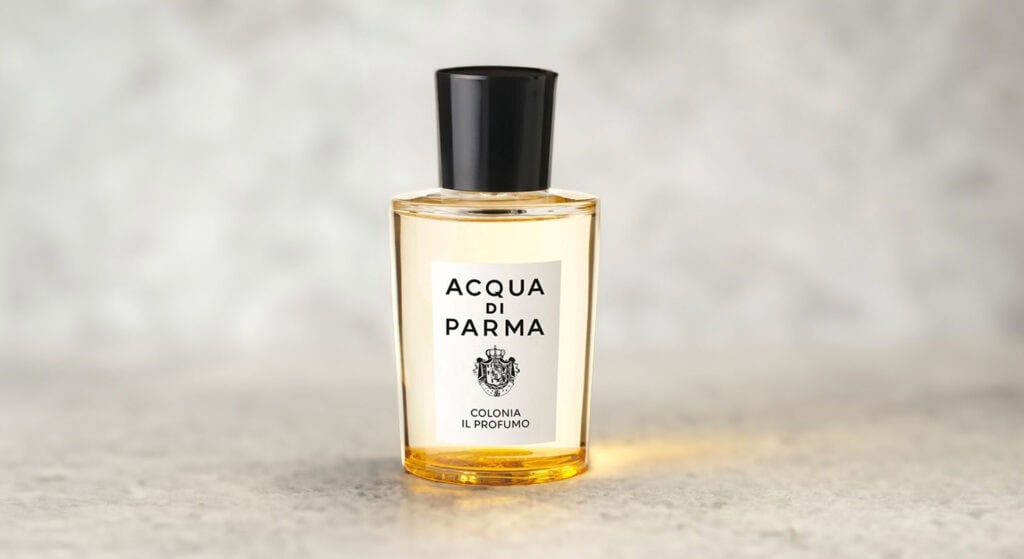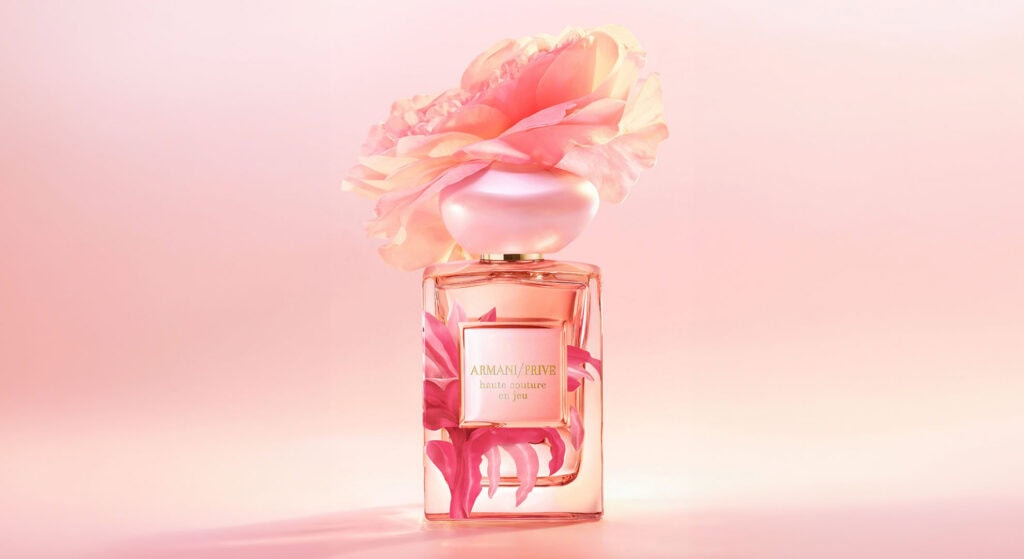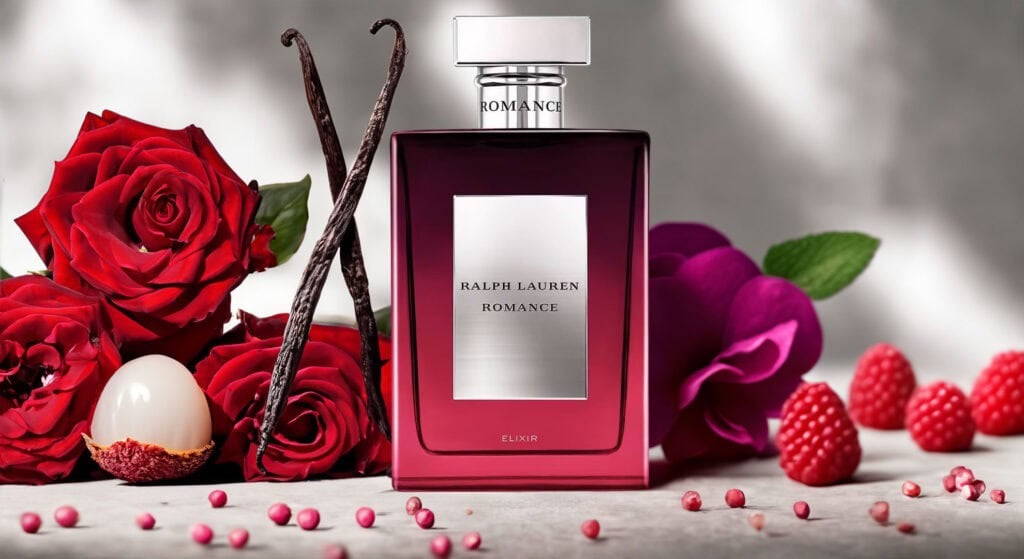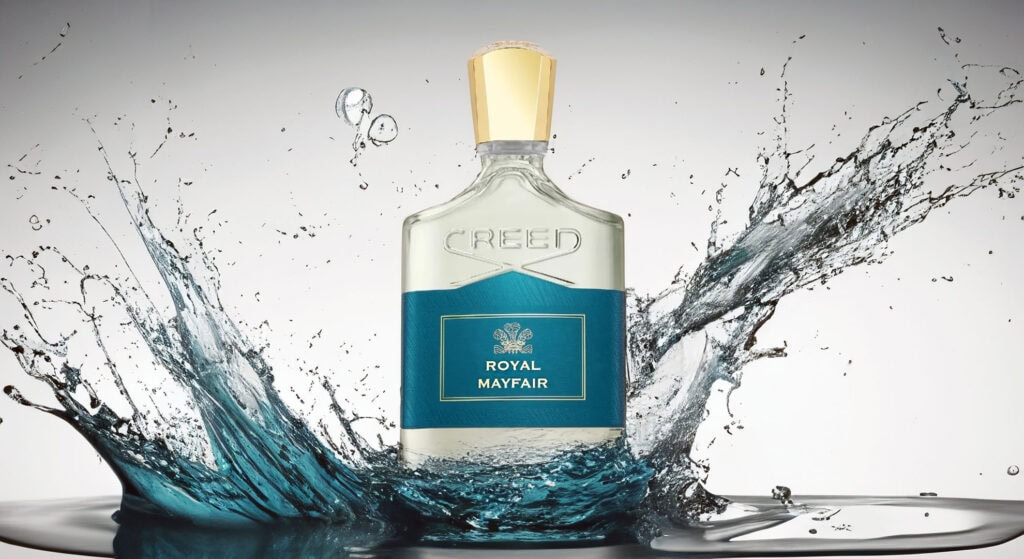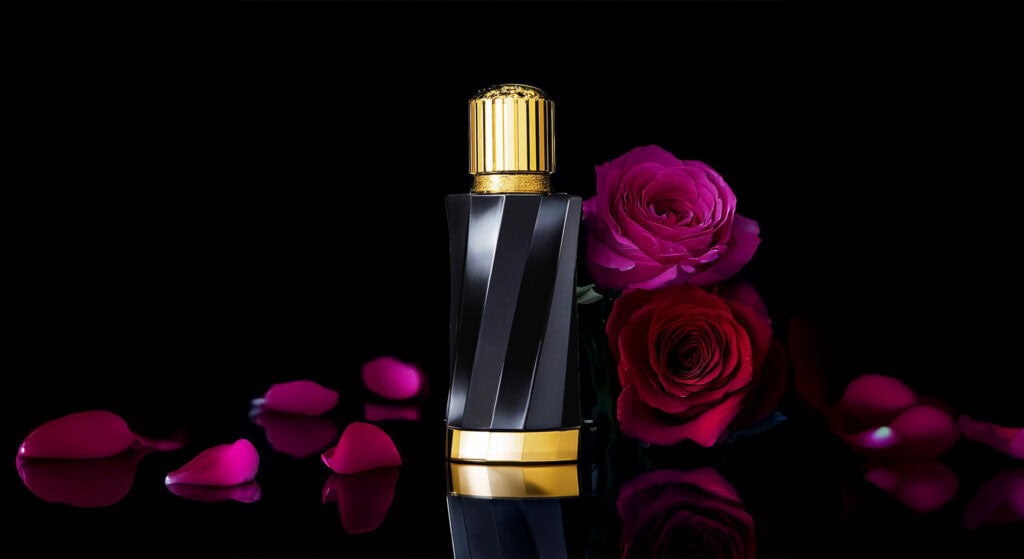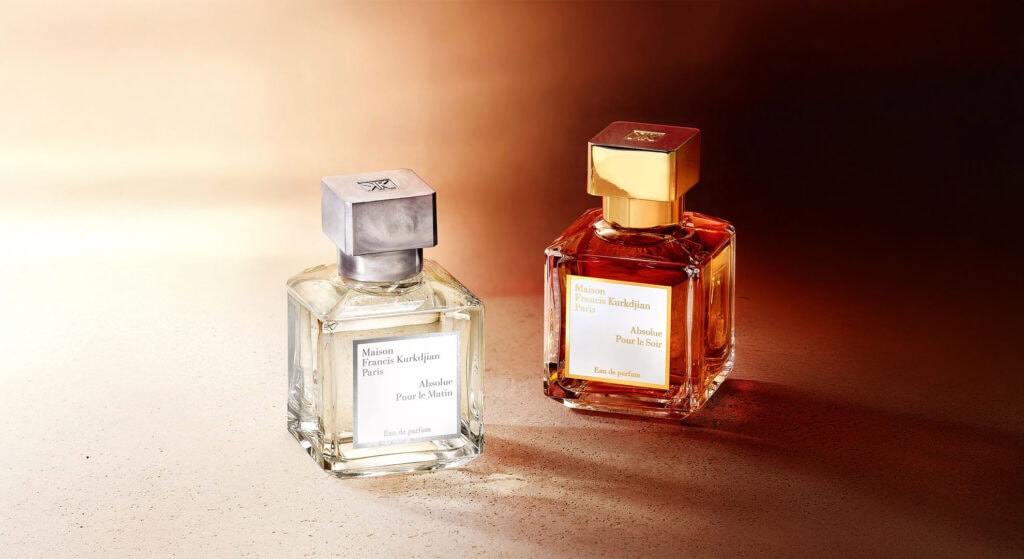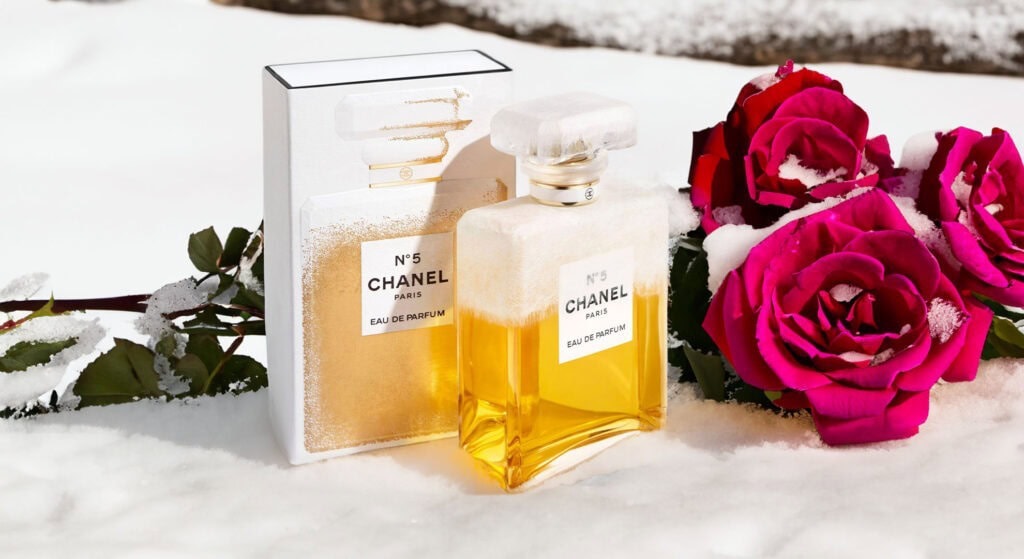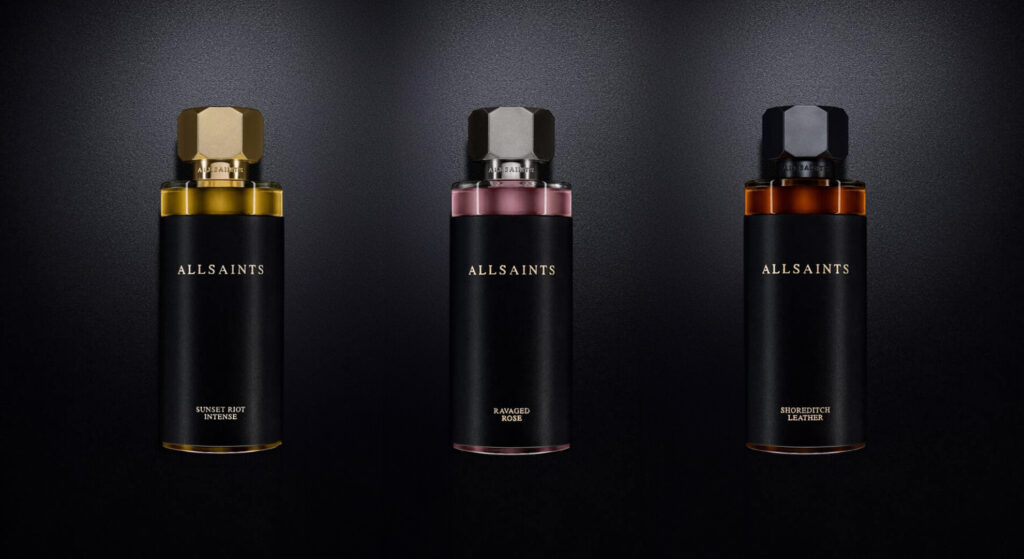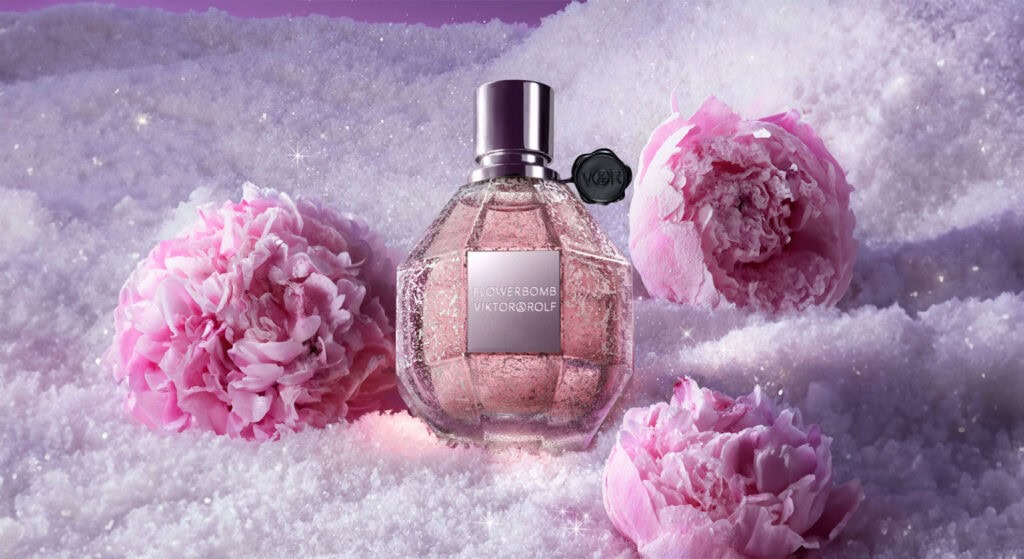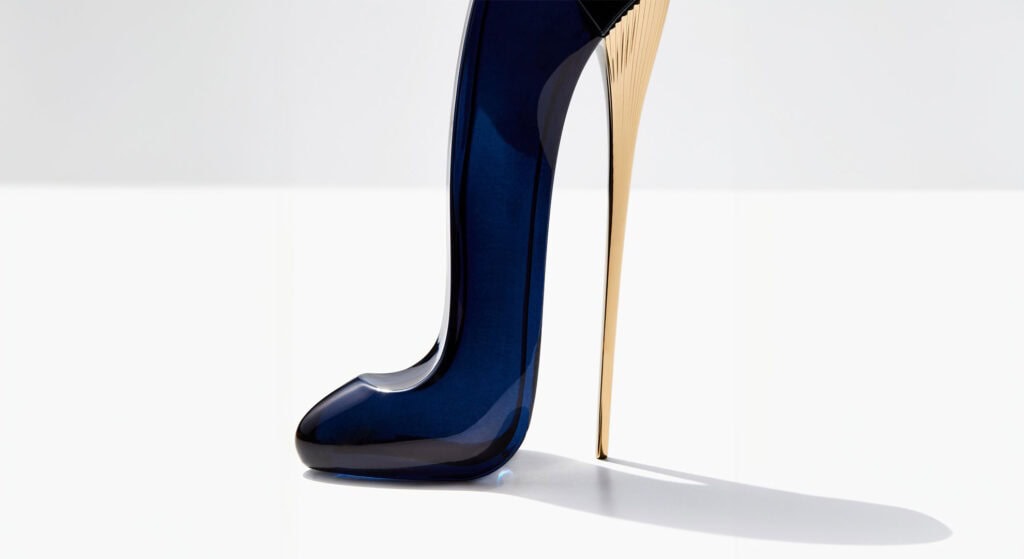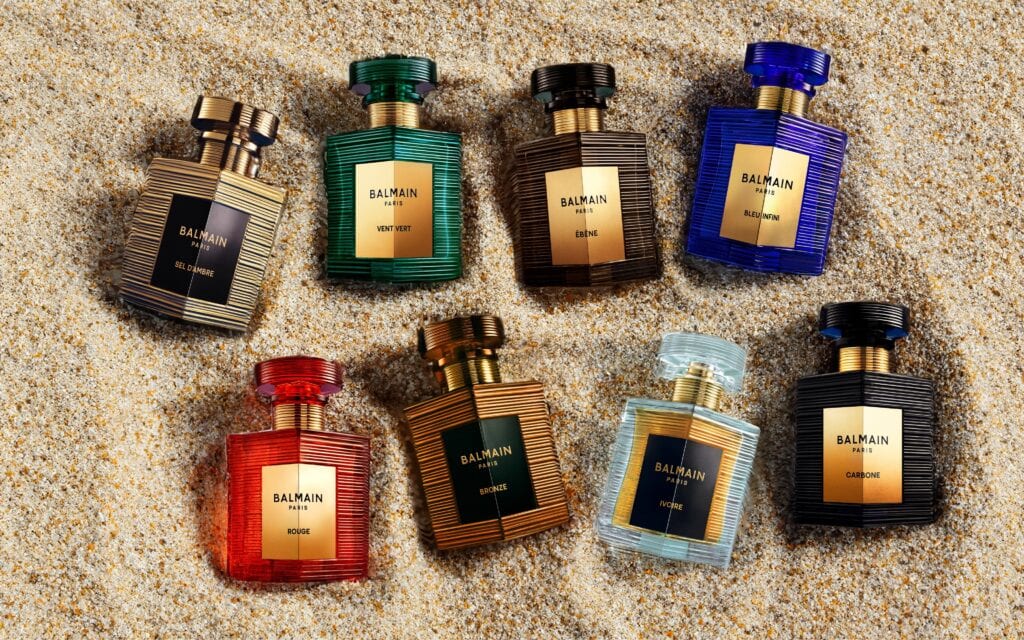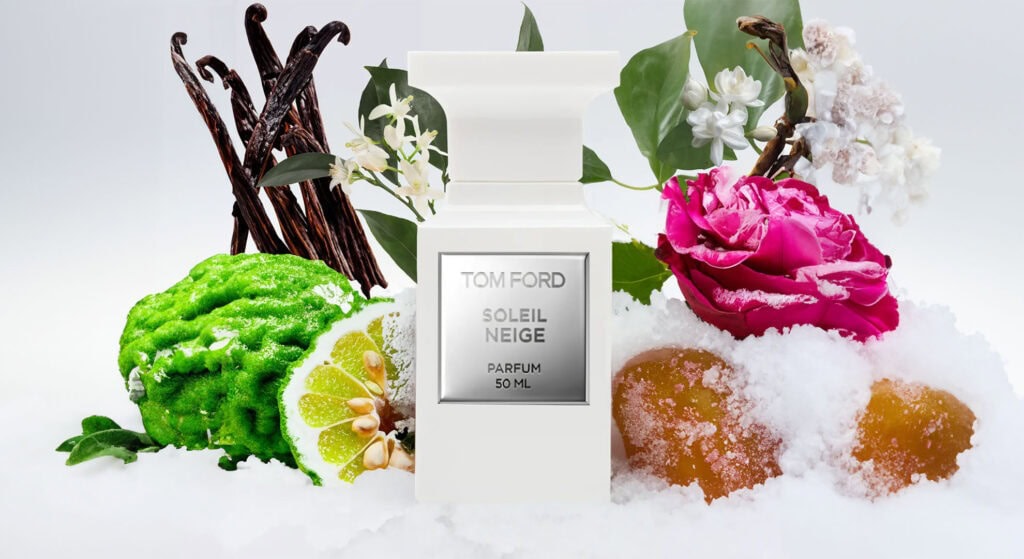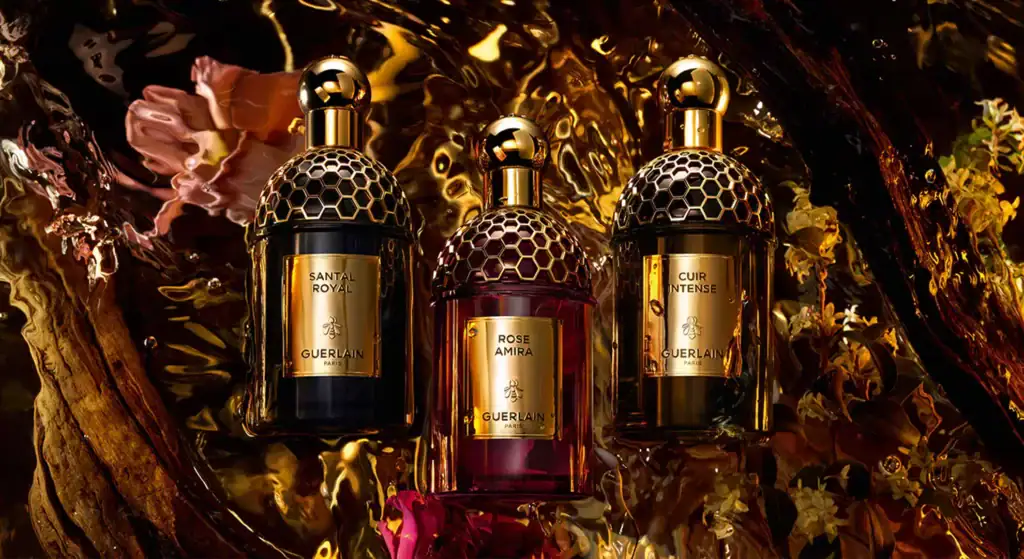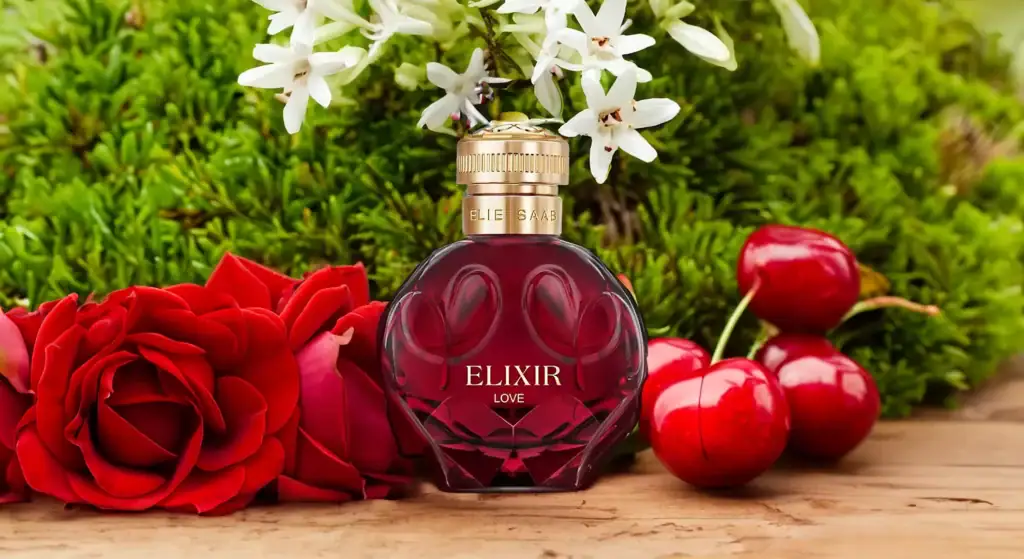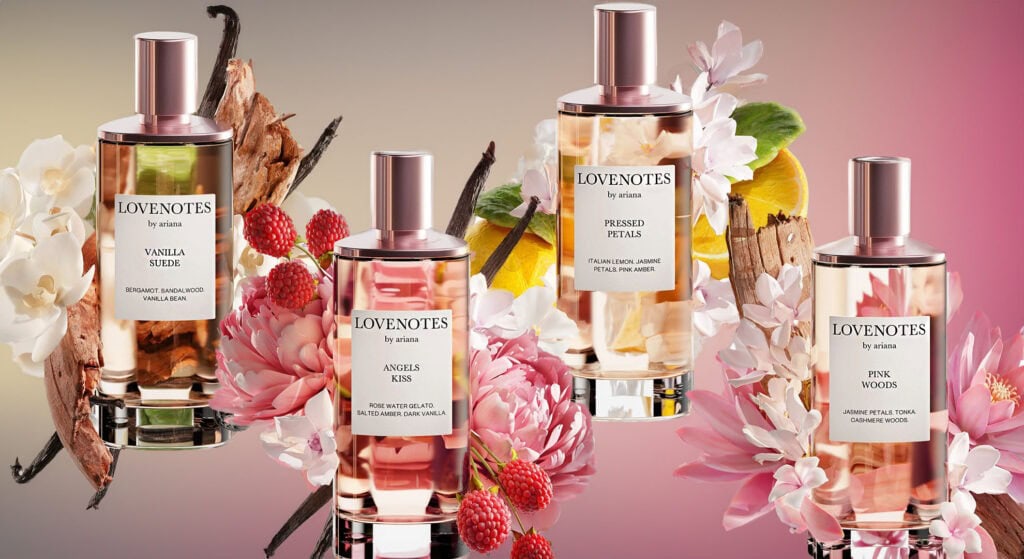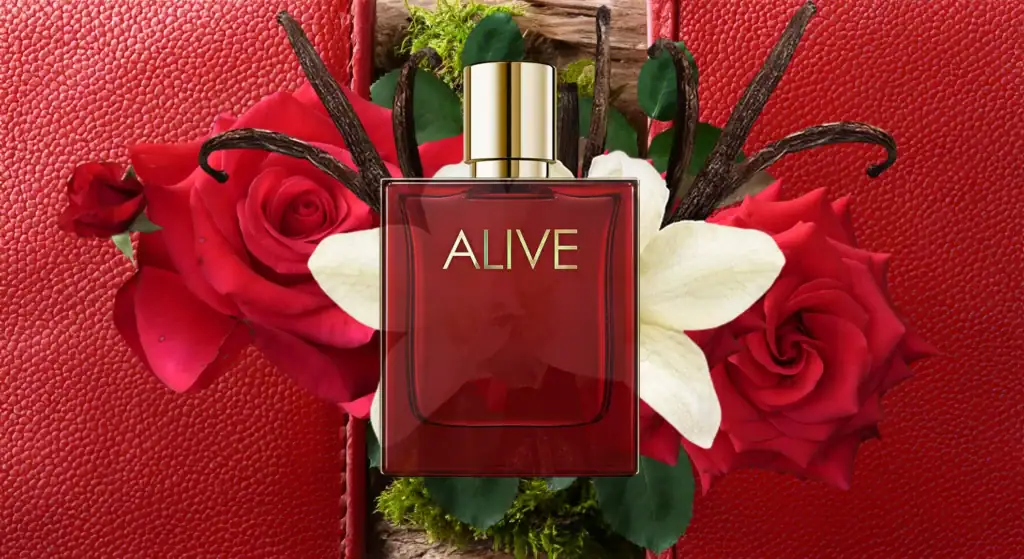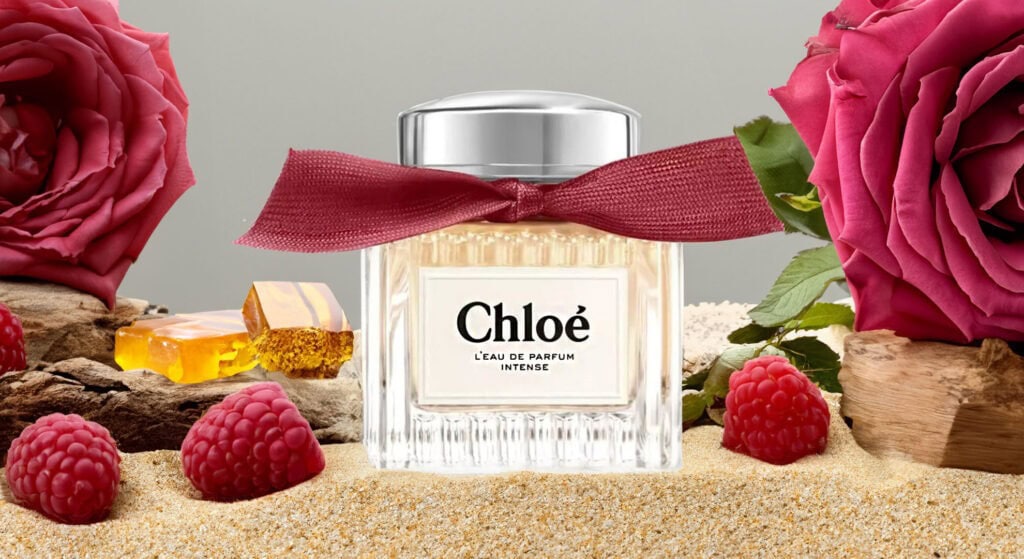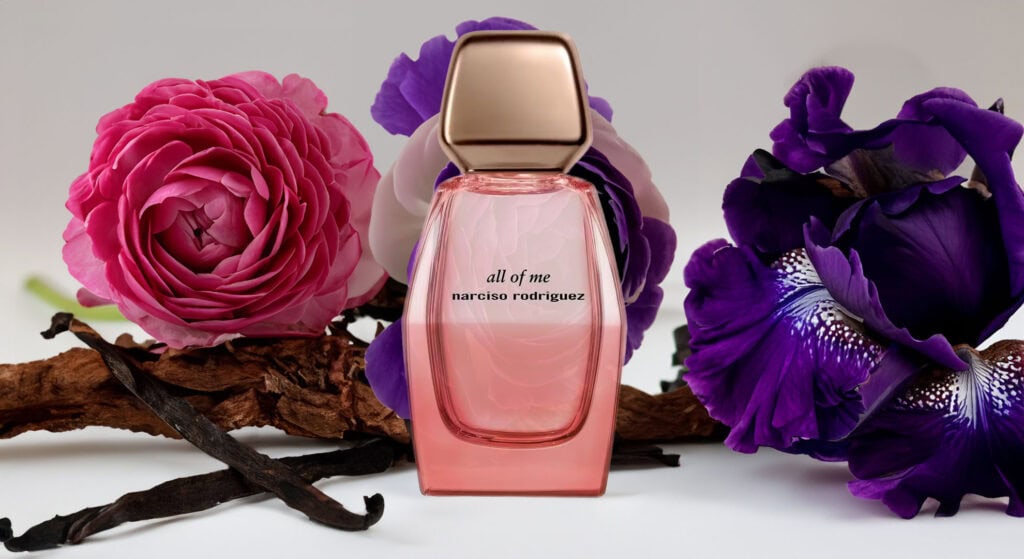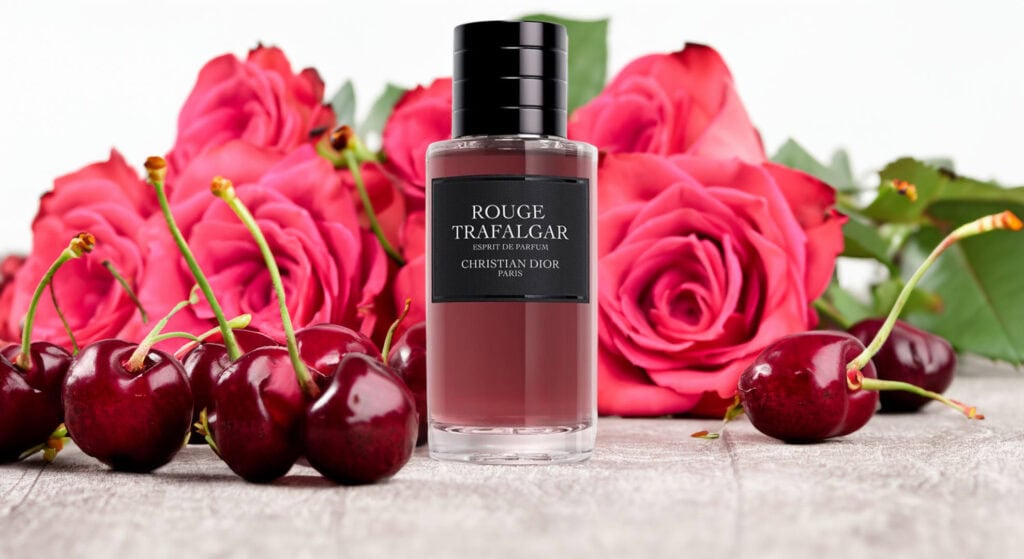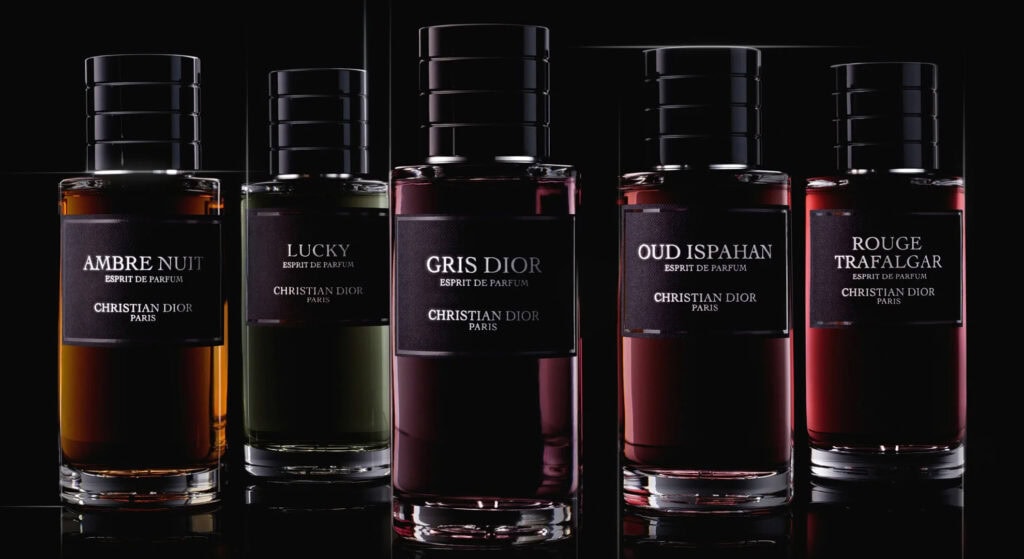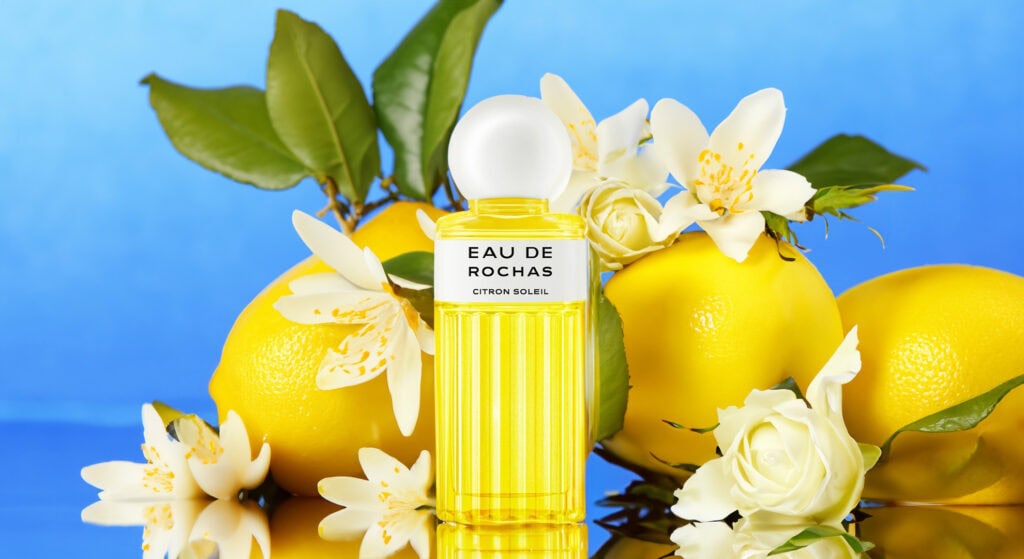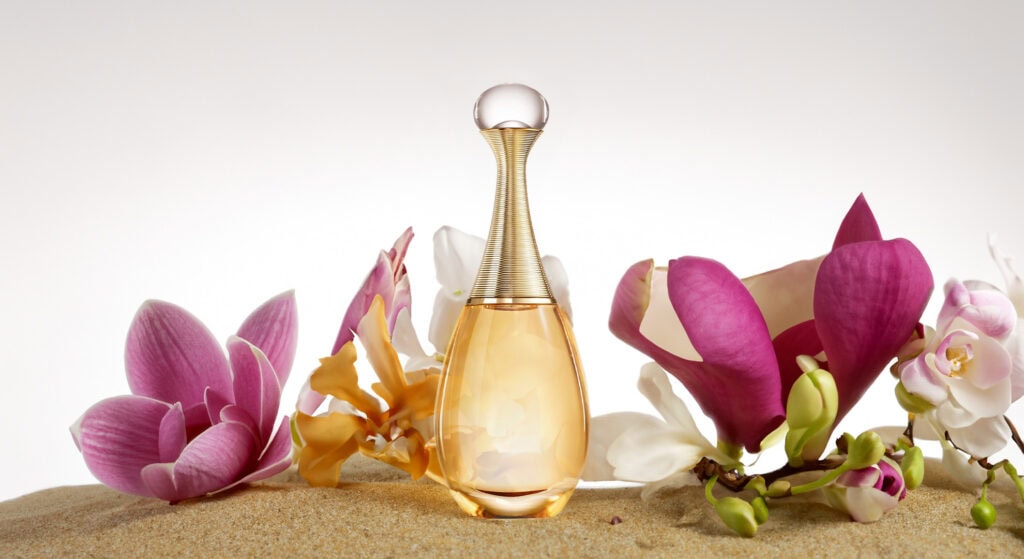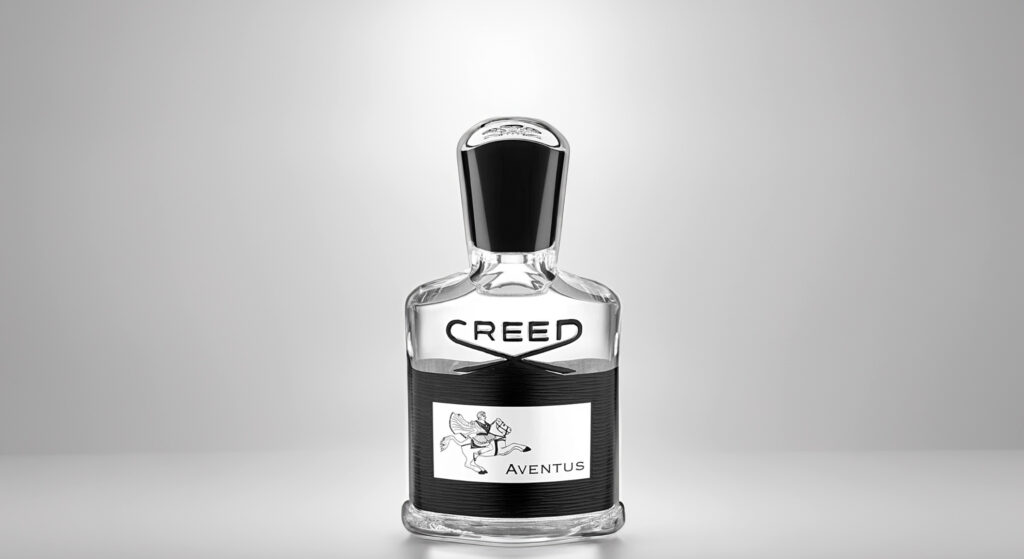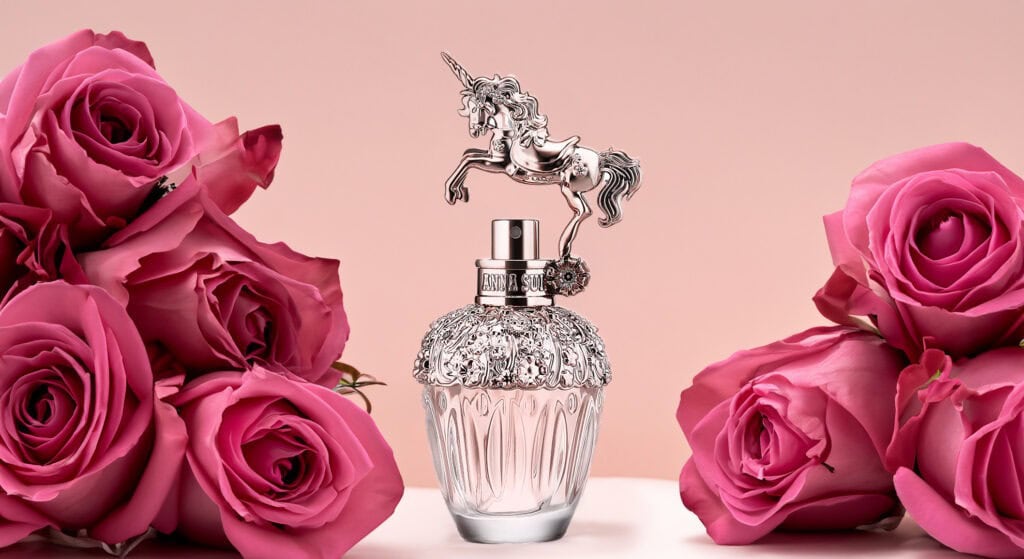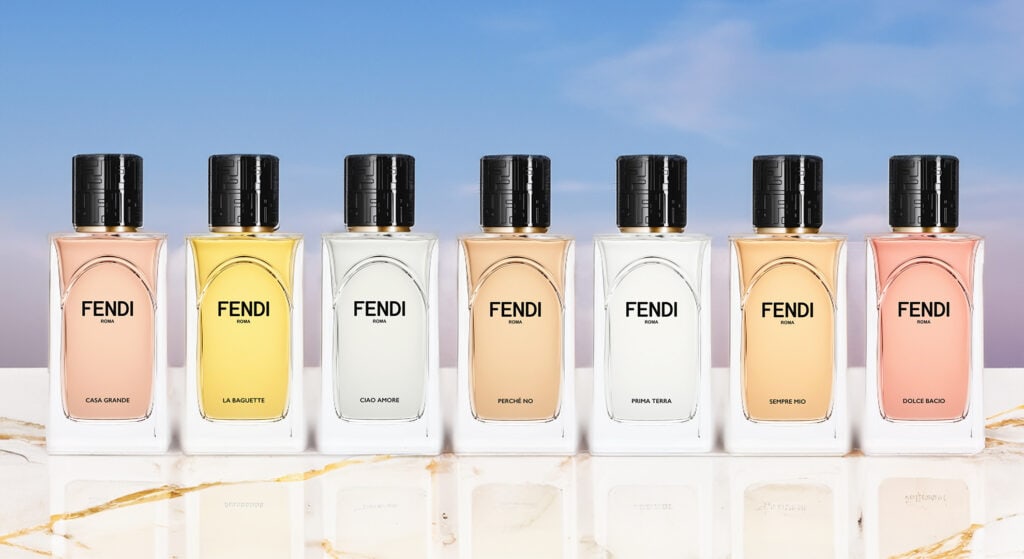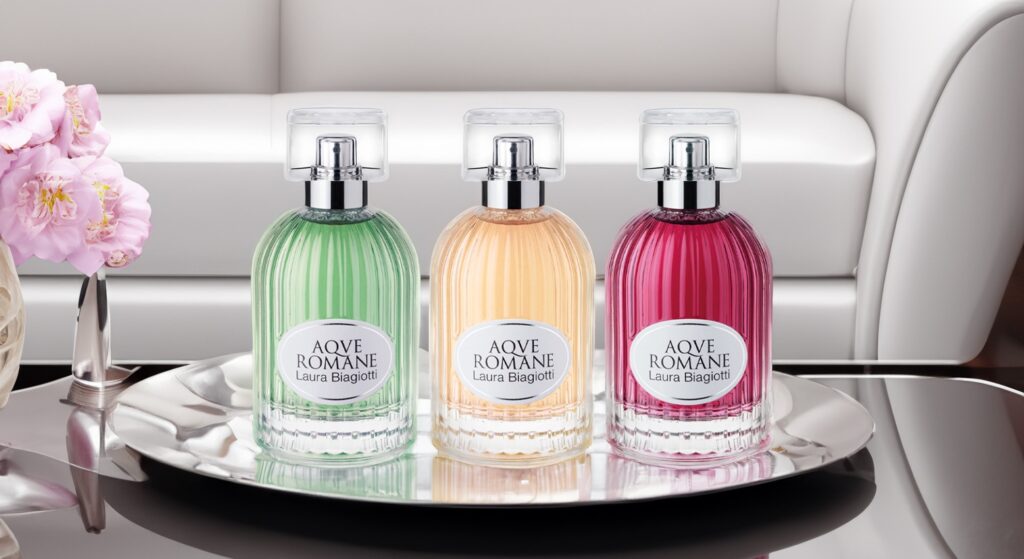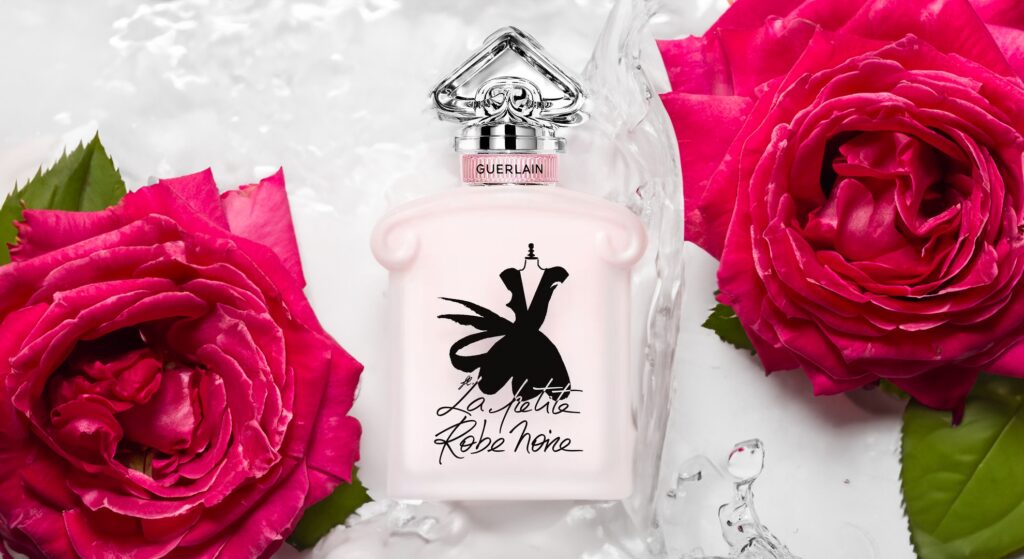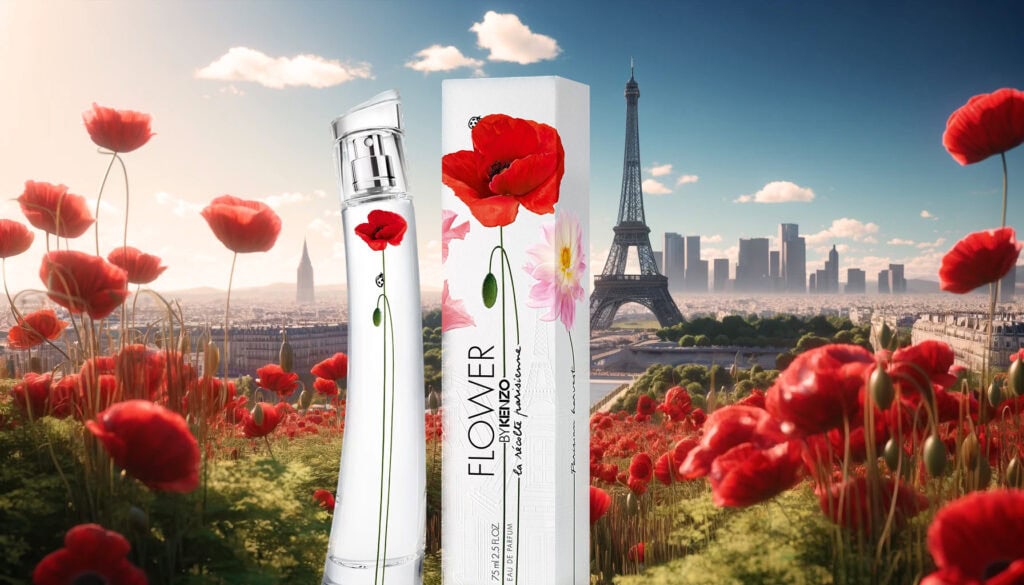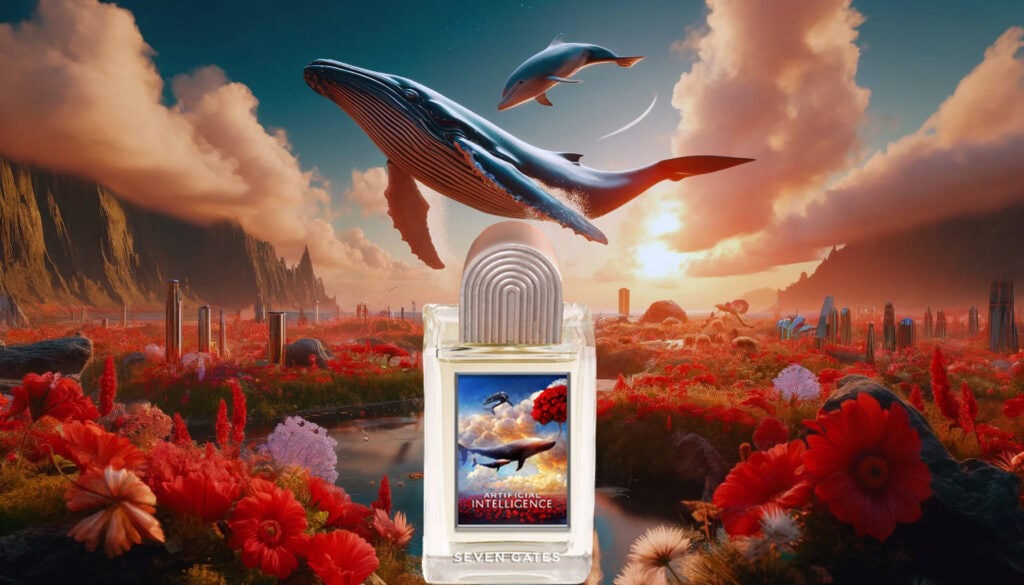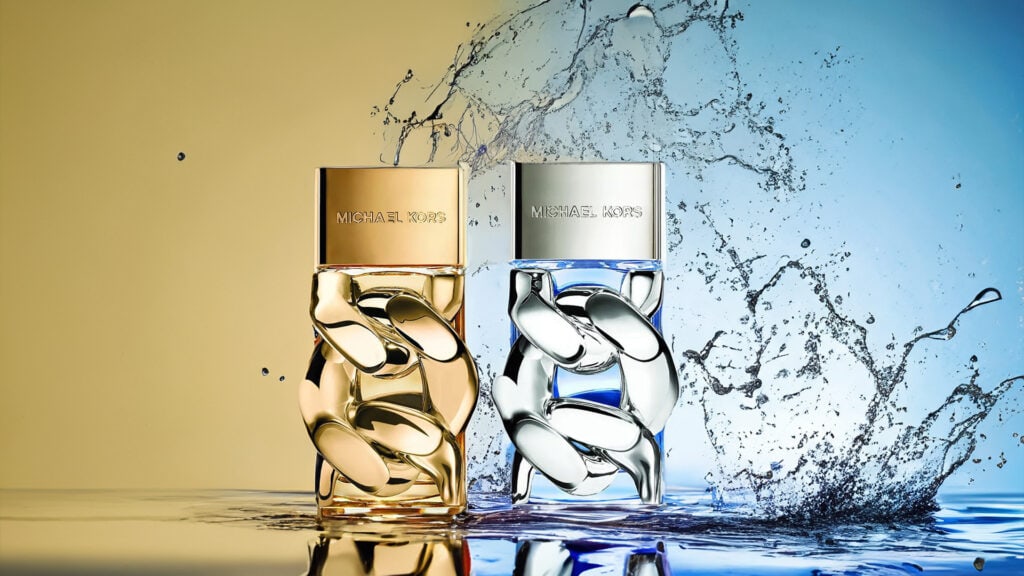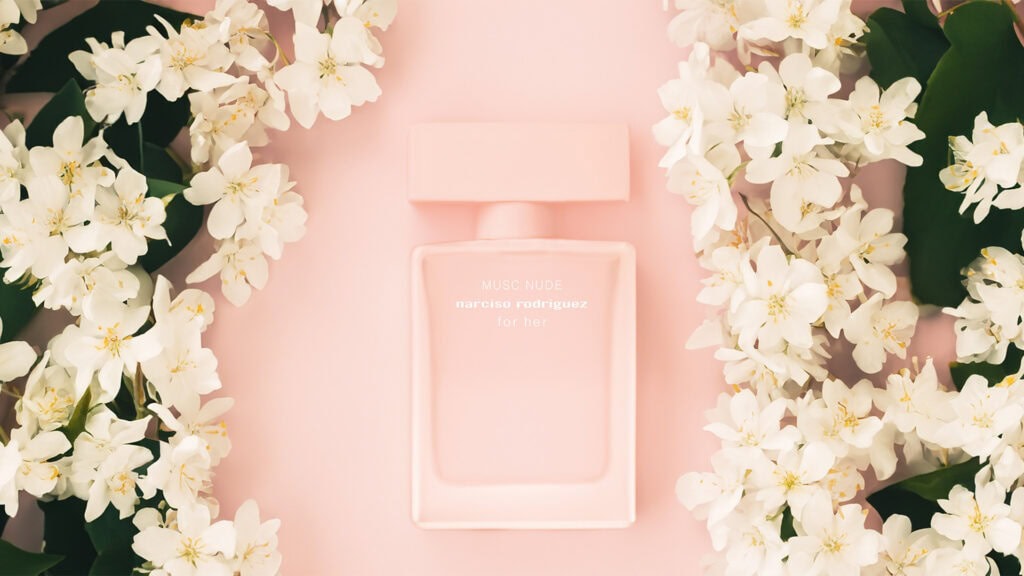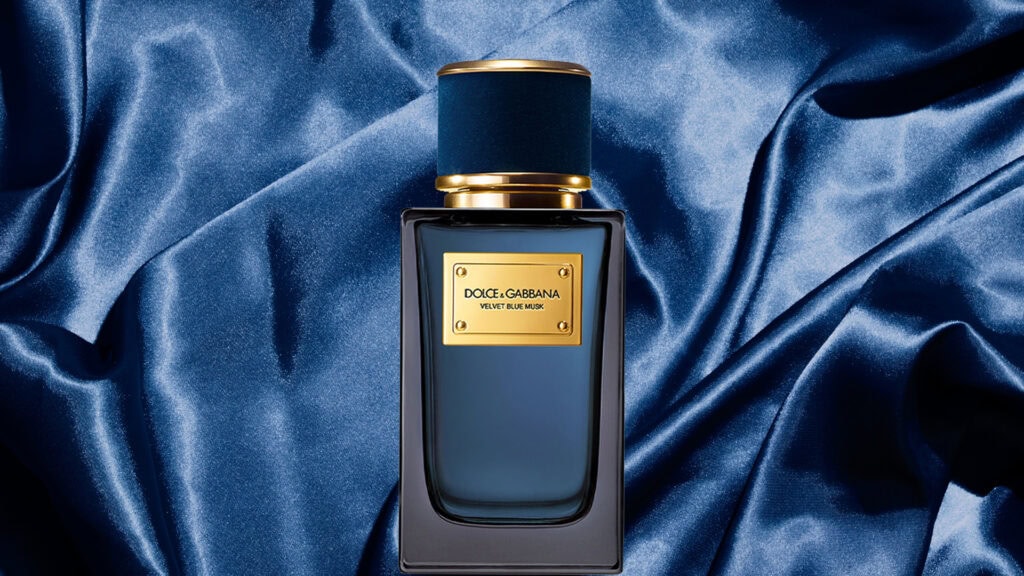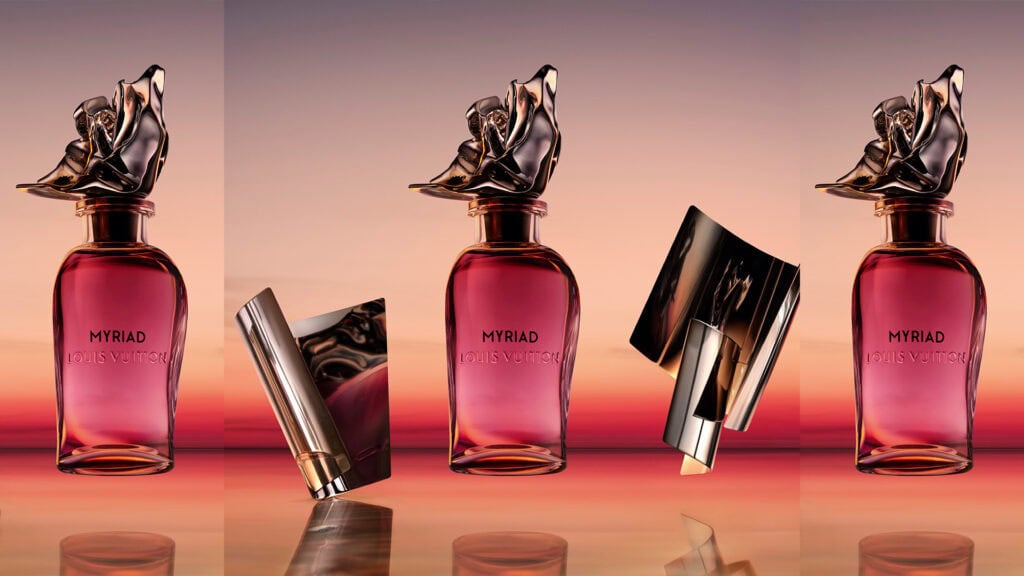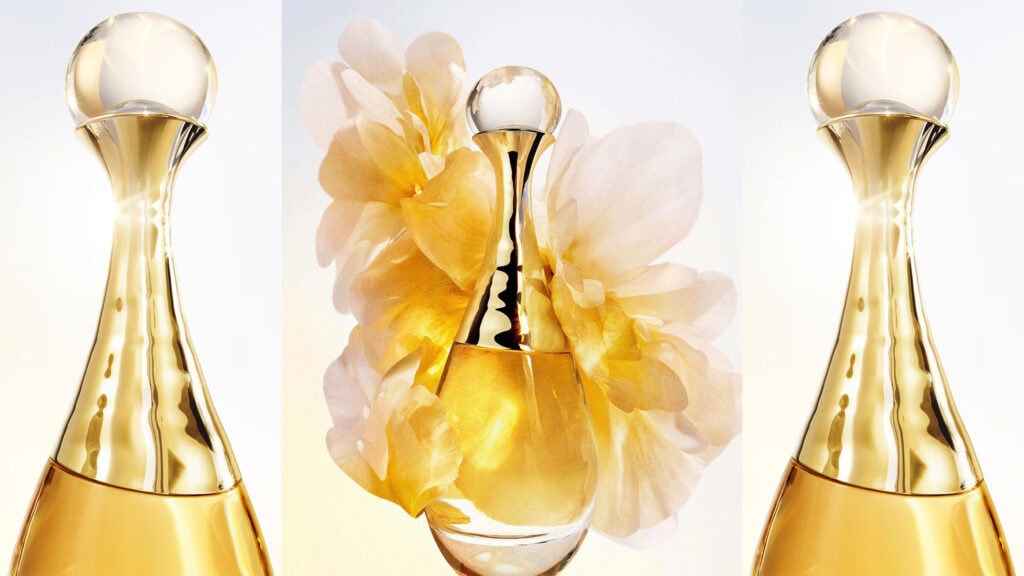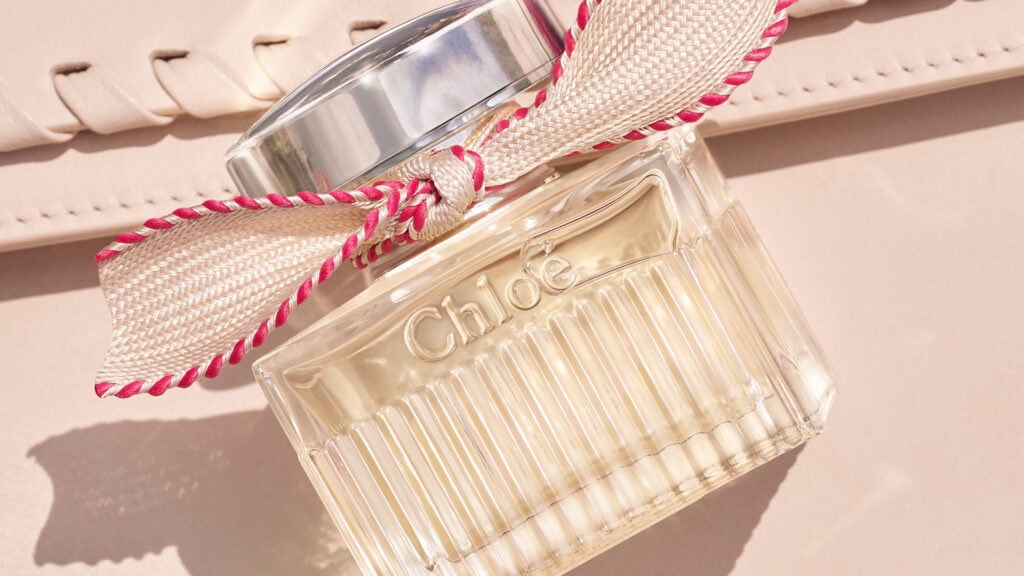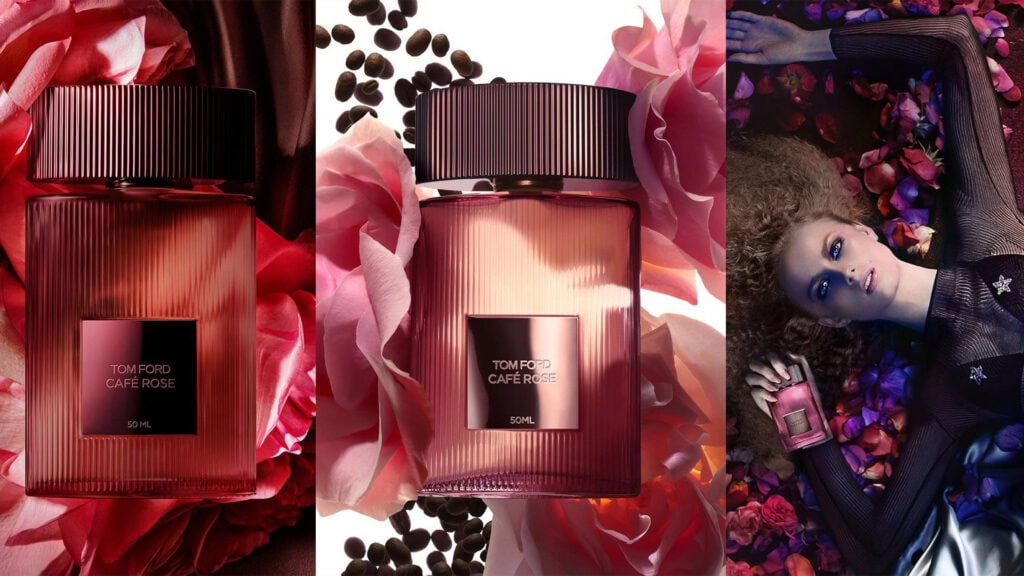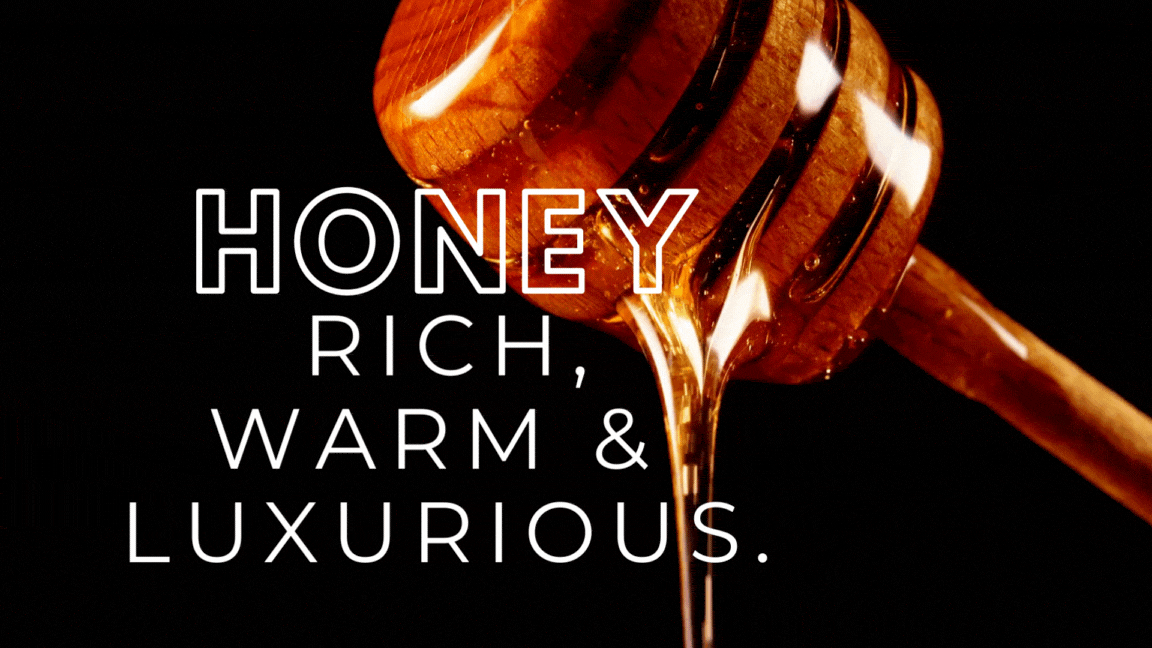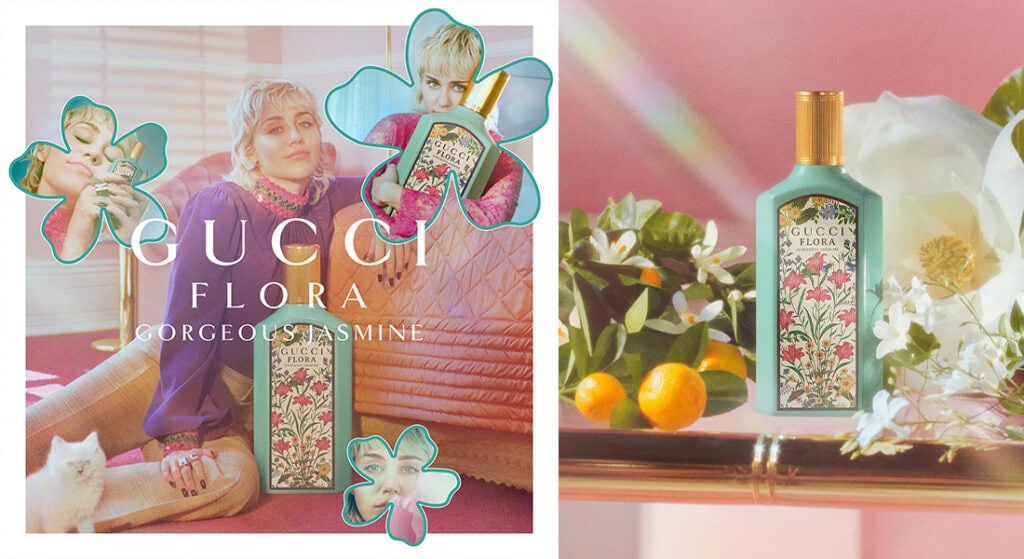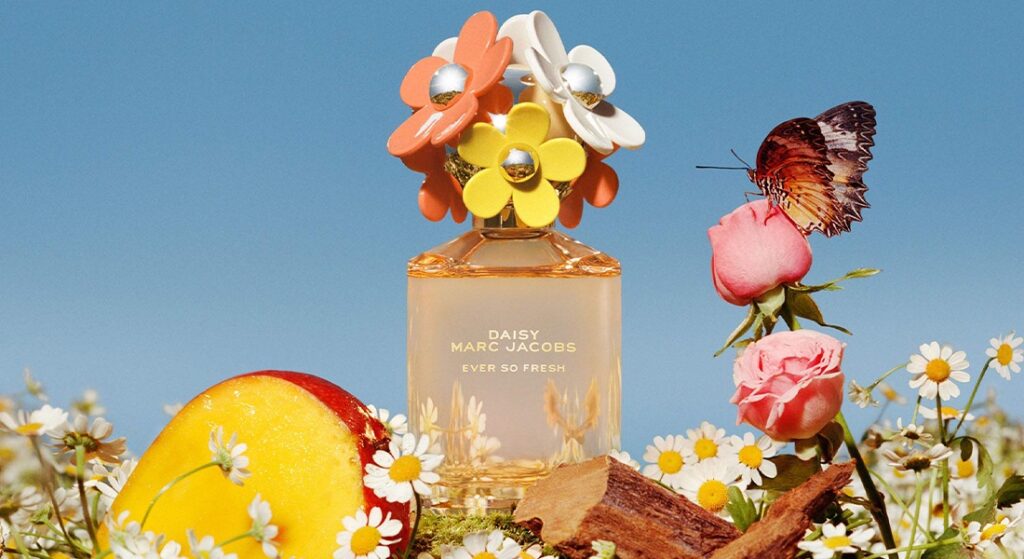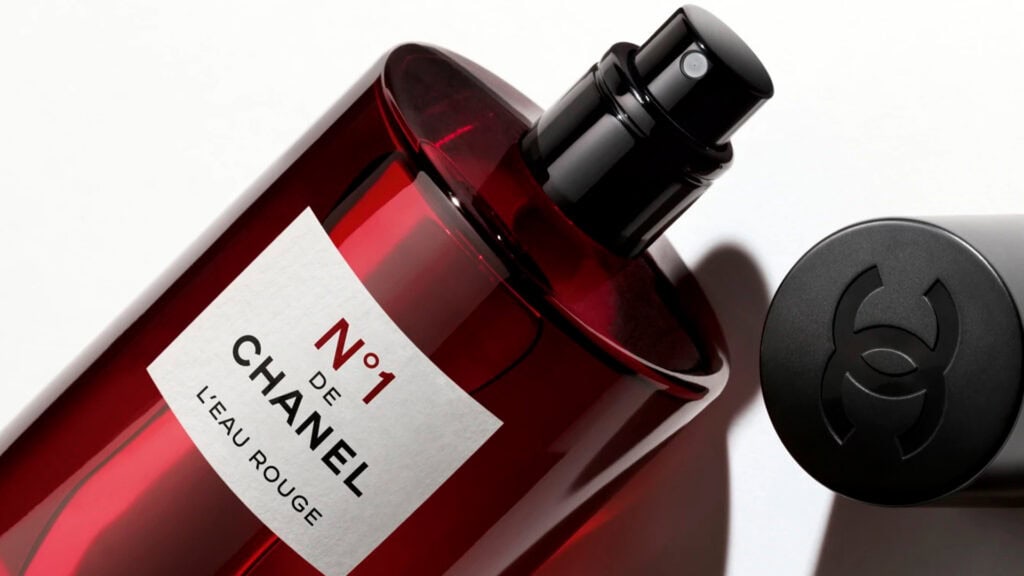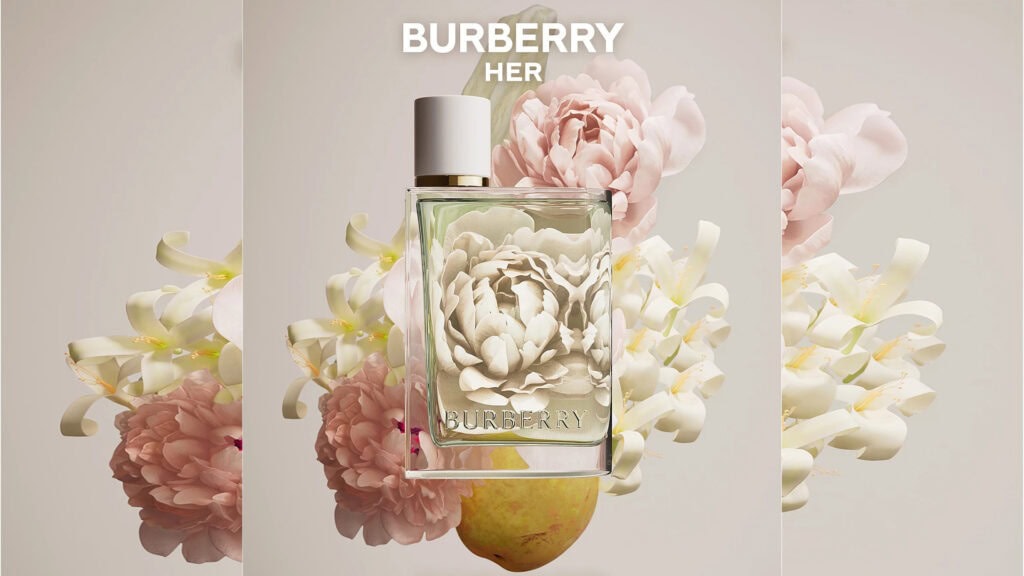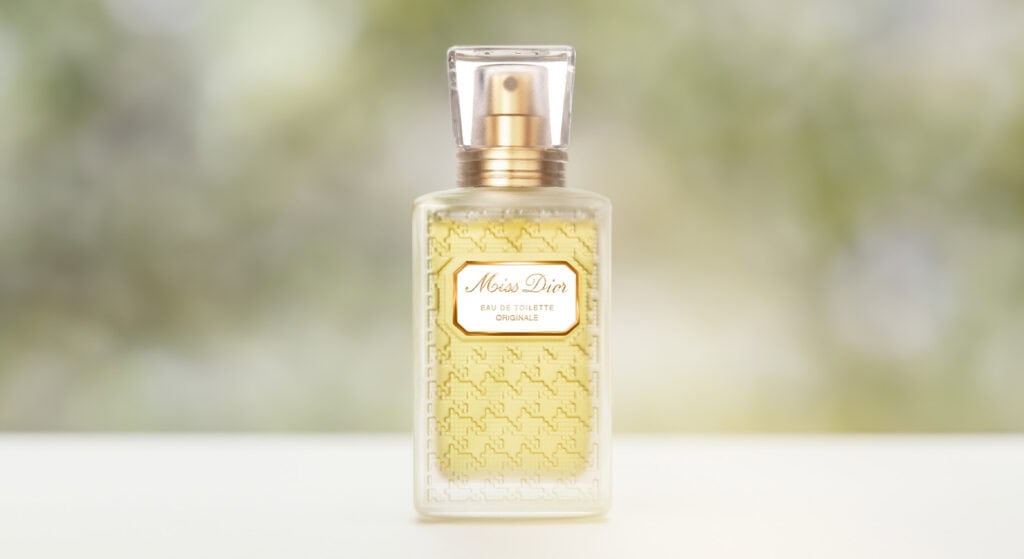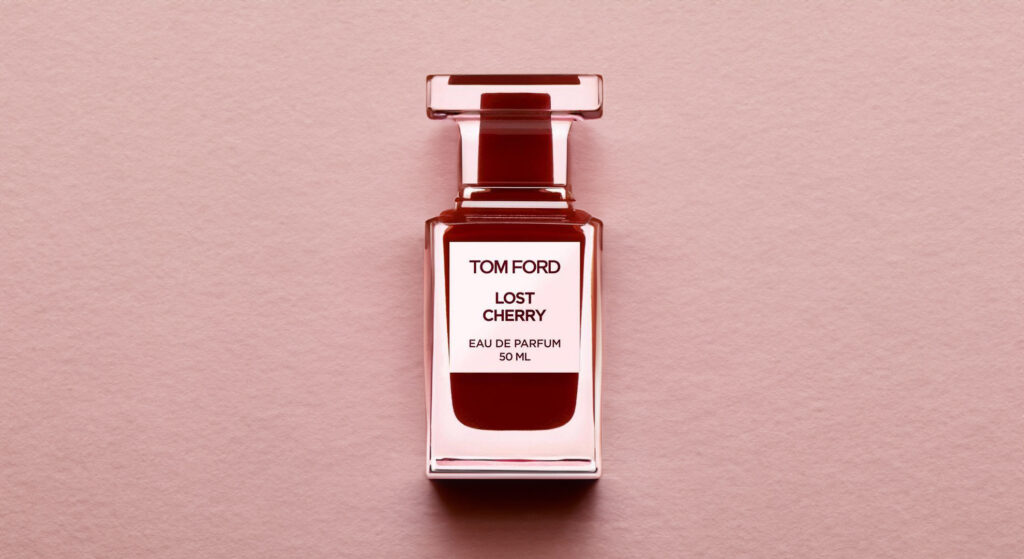Rose

The Timeless Allure of Rose in Perfumery: Extraction, Blending, and Iconic Fragrances
Rose, often hailed as the “Queen of Flowers,” has long been a cherished element in perfumery. Its rich, layered aroma – ranging from fresh and dewy to deep and velvety – offers a unique canvas for fragrance creation. From capturing the essence of rose to blending it with complementary notes, this exploration focuses on how rose contributes to some of the most iconic perfumes, offering insights into the methods and artistry behind its use.
The Art of Extracting Rose Essence for Perfumery
The process of capturing the essence of rose is both delicate and meticulous, requiring an understanding of the flower’s natural characteristics and how to best preserve them.
- Steam Distillation: One of the oldest methods used to extract rose oil, steam distillation involves passing steam through freshly harvested rose petals. The steam lifts the aromatic compounds from the petals, which are then condensed into rose essential oil and rosewater. This method is often used for Damask roses, resulting in a bright, fresh, and slightly spicy rose scent.
- Solvent Extraction: For a richer, more concentrated aroma, solvent extraction is often employed. In this process, rose petals are treated with a solvent that draws out the fragrant oils, resulting in a rose absolute. Rose absolute is prized for its intense, deep, and true-to-life floral scent, capturing the full complexity of the rose, including its sweet, spicy, and earthy nuances.
- CO2 Extraction: A more modern technique, CO2 extraction uses supercritical carbon dioxide to extract the aromatic compounds from rose petals. This method is highly effective at preserving the delicate and complex scent profile of the rose, resulting in an essence that is both pure and multifaceted, ideal for high-end perfumery.
The Versatility of Rose in Blending
The scent of rose is incredibly versatile, making it a perfect partner for a wide range of fragrance notes. Whether used as a dominant note or as a subtle accent, rose can add depth, richness, and elegance to a perfume.
- Classic Floral Blends: Rose is frequently mixed with other floral scents like jasmine, lily of the valley, and violet to make everlasting and romantic perfumes. These pairings showcase the innate attractiveness of the rose, producing arrangements that are rich, elegant, and balanced. Dior’s J’adore showcases this method by combining rose, jasmine, and ylang-ylang to produce a sophisticated and lavish floral harmony.
- Oriental and Spicy Compositions: When combined with oriental notes like oud, amber, and spices, rose can transform into something exotic and mysterious. The warmth and depth of these blends enhance the opulence of the rose, making it feel more intense and seductive. Byredo’s Rose of No Man’s Land uses this technique, pairing rose with pink pepper and Turkish rose absolute for a scent that is both warm and sensual.
- Gourmand Creations: In gourmand perfumes, rose is often combined with sweet notes like vanilla, honey, and praline. This adds a romantic, edible quality to the fragrance, where the natural sweetness of the rose is amplified by these dessert-like elements. Lancôme’s La Nuit Trésor blends rose with vanilla and patchouli to create a fragrance that is both sweet and sultry, capturing the dual nature of passion.
- Woody and Earthy Scents: Rose can also be grounded by woody and earthy notes such as sandalwood, patchouli, and vetiver. These combinations lend a more sophisticated, unisex appeal to rose, making it feel both classic and contemporary. Le Labo’s Rose 31 is a striking example, where rose is juxtaposed with cedar and vetiver, resulting in a scent that is as rugged as it is floral.
Iconic Fragrances Featuring Rose
Certain perfumes have become legendary for their use of rose, each offering a unique interpretation of this timeless flower.
- Chanel No. 5: Perhaps the most iconic perfume in history, Chanel No. 5 incorporates rose as a key component of its complex floral aldehyde composition. The rose in this fragrance adds a soft, feminine touch that balances the more abstract aldehydic notes, contributing to its timeless appeal.
- Jo Malone Red Roses: A more modern take, Jo Malone’s Red Roses captures the scent of freshly cut roses, blended with hints of lemon and violet leaf. This fragrance is celebrated for its simplicity and purity, offering a true-to-life representation of a blooming rose garden.
- Frederic Malle Portrait of a Lady: Known for its rich and opulent character, Portrait of a Lady is a fragrance where rose is the star, surrounded by spices, patchouli, and incense. This perfume is a bold, luxurious, and sensual interpretation of the rose, making it a favorite among those who appreciate complex and sophisticated scents.
- Tom Ford Noir de Noir: This fragrance blends rose with dark chocolate, truffle, and oud, creating a scent that is both dark and decadent. The rose in Noir de Noir is rich and velvety, providing a sensual contrast to the other deep, gourmand notes.
The Enduring Magic of Rose
Rose continues to captivate and delight in the realm of fragrances, evoking a variety of feelings like love, longing, passion, and sophistication. Rose’s versatile qualities make it a constant presence in beloved and iconic fragrances, whether as the main attraction or a supporting role. From the classic sophistication of Chanel No. 5 to the contemporary charm of Le Labo’s Rose 31, the rose continues to be an essential and endlessly intriguing component in the craft of perfume creation.

